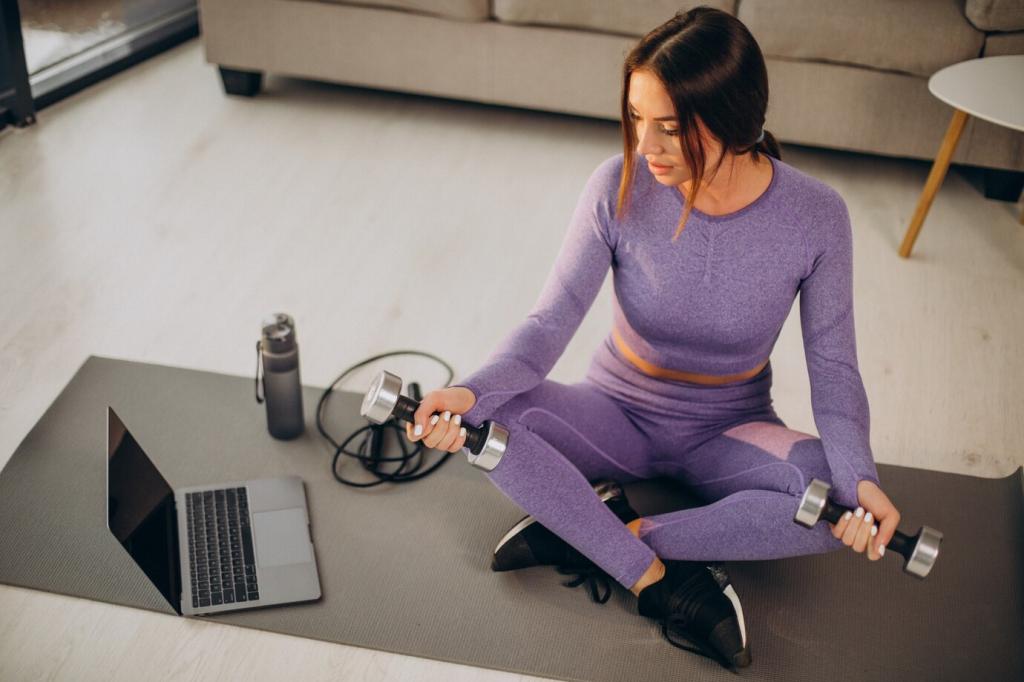Personalized Fitness Programming Techniques: Your Blueprint for Sustainable Progress
Find Your Starting Line
Assess Current Fitness Without Guesswork
Start with a simple movement screen, a five‑minute step test, and a submax strength check. Add resting heart rate, sleep quality, and a quick mobility audit. One reader discovered tight ankles were limiting her squats, not weak legs—changing everything about her exercise selection and confidence.


Clarify Goals That Actually Stick
Translate vague aims into outcomes, behaviors, and feelings. “Get stronger” becomes “deadlift bodyweight for five reps in 12 weeks,” supported by two strength days and one technique day. Tie goals to meaning—playing with kids on weekends—so your training choices echo what matters when motivation dips.
Plan in Blocks: Progress Without Burnout
Alternate accumulation and intensification blocks: three weeks building volume, one week deload, then two to three weeks lifting intensity. Keep the main movements stable while accessories rotate. A busy parent followed this rhythm and shaved six minutes off a 10K without adding more weekly training time.


Plan in Blocks: Progress Without Burnout
Increase difficulty with small levers—load by 2.5–5%, one extra set, slower tempo, or shorter rest. If reps falter early, hold load and improve technique instead. Micro wins compound, and sustainable overload beats heroic jumps. Comment with your preferred progression method to help the community learn.
Anchor programs with patterns—squat, hinge, push, pull, carry, and rotate. Personalize with variations that respect mobility and comfort. Long‑femur lifters often thrive with trap‑bar deadlifts; desk workers may prefer front squats for posture. Share your favorite variation and why it feels right for you.
Exercise Selection That Fits Your Body
Build ladders: push‑up incline, floor, then weighted; split squat to Bulgarian to front‑foot elevated. Regressions are not setbacks—they are routes around roadblocks. After a shoulder tweak, one reader used landmine presses to keep pressing strength climbing while pain calmed down.
Exercise Selection That Fits Your Body


Recovery as a Training Variable
Aim for 7–9 hours with a consistent wind‑down, cool room, and earlier caffeine cutoff. Strength and skill both consolidate during sleep. One lifter added twenty pounds to a plateaued squat simply by protecting bedtime and dimming lights after dinner—no extra sets needed.
Recovery as a Training Variable
Track simple signals: morning mood, resting heart rate, and, if available, HRV trends. Use them to guide day‑to‑day intensity, not to punish yourself. If markers dip, choose technique work or easy aerobic sessions and win the week with consistency instead of chasing a perfect day.

Make Data Work for You
Track only what you act on: sets, reps, RPE, sleep hours, and weekly steps. Visualize trends with a rolling four‑week average. When lifts stall, you’ll see whether volume dipped or recovery slipped. Ask for our minimalist template and we’ll send a link in the next newsletter.

